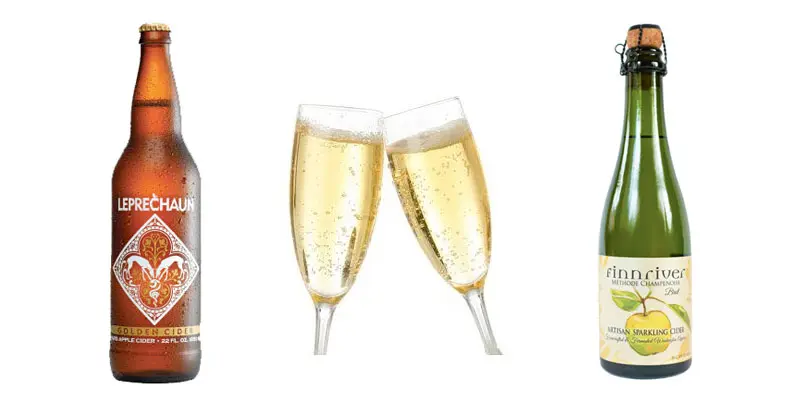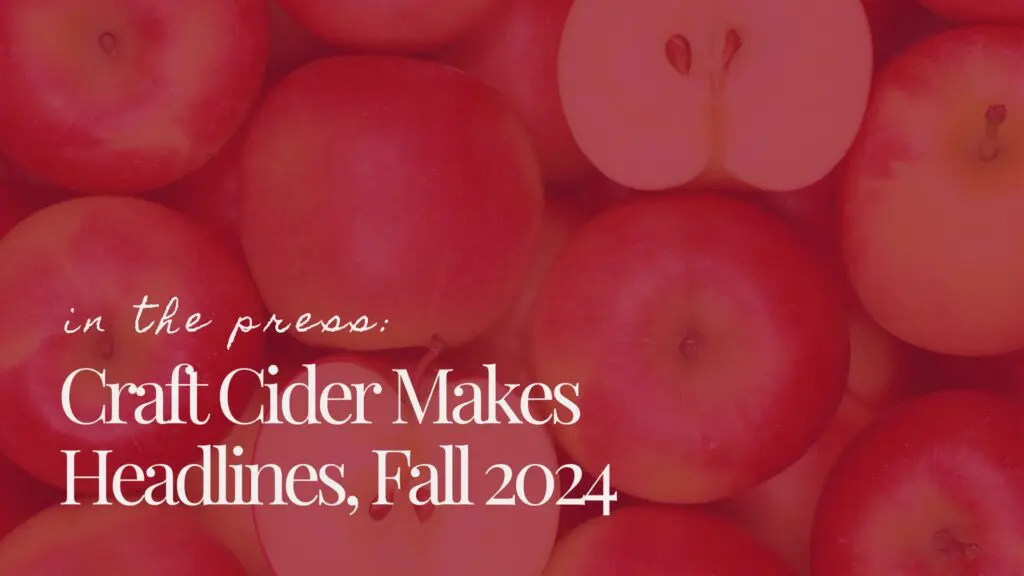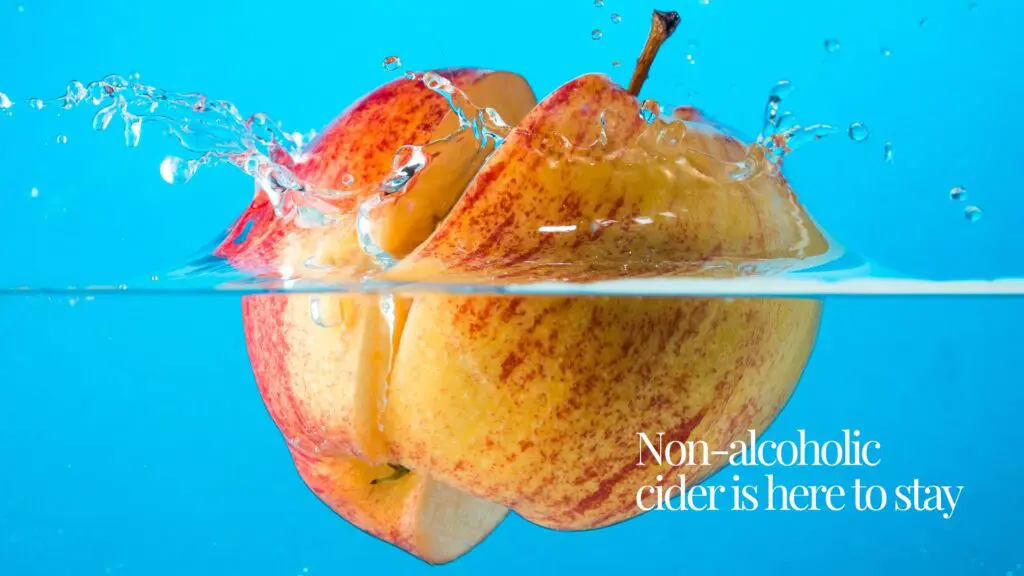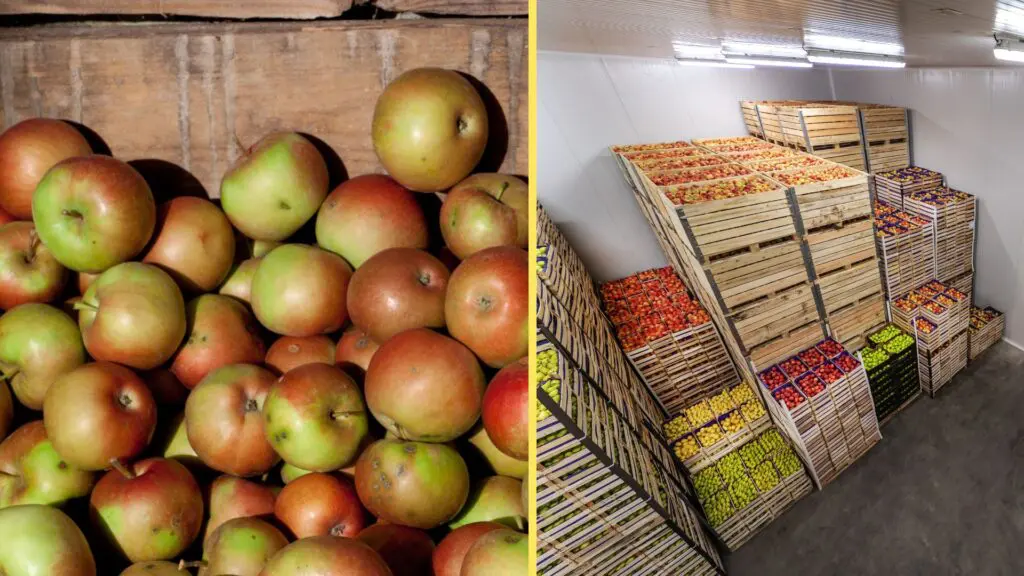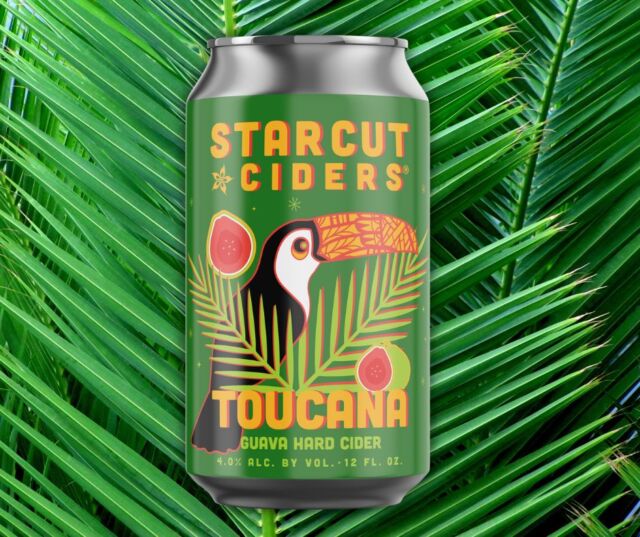By Leesy Latronica
As the craft cider revolution continues to gain traction, wine and beer diehards are gradually discovering what the hype is about. Cider makers around the country are packaging fine sparkling ciders in 750 ml and longneck bottles as apple-centric alternatives to traditional carbonated wines and beers.
Recently, the United States Association of Cider Makers endorsed potential legislation that would allow small, independent producers to sell their sparkling ciders without the restrictions of current wine and sparkling wine taxes. The CIDER Act intends to support the sparkling cider market by allowing independent producers the freedom to tailor each cider to the tastes of sparkling beverage fans, sans current restrictions that impose a heavy tax for high-carbonation alcoholic beverages.
In the midst of the growing market, cider artisans from every corner of the U.S. encourage consumers to try swapping the bubbles or six-pack for a bottle of meticulously crafted apple bubbly. Mix up your next celebration and pop a bottle of these sparkling ciders, or any locally crafted option near you.
Leprechaun Hard Cider (Houston, TX):
Leprechaun proudly dubs its beverages as “the best Texas cider(s) not make in Texas.” Before founding Leprechaun Hard Cider in 2010, the then-19-year-old president Jake Schiffer had recently returned from Italy determined to find a local cider as good as those he had grown to love abroad. When his efforts turned up fruitless, Schiffer saw an opportunity to create a quality cider for fellow Texans, and by age 21 Leprechaun was in full swing.
While the Southern climate is perfect for peach trees, Schiffer found that many acidic, low-sugar cider apple varieties weren’t well-suited for the Texas climate—so he turned to friends in northeast Oregon to bottle the region’s crisp bounty. Before fermenting and force carbonating Leprechaun’s three foundational ciders and seasonal varieties, a short distance is kept between seed and bottle. The finished products are kept chilled each step of the way until they reach Houston, and are available for purchase in Texas.
80 apples go into each 22-ounce bottle of sparkling cider, and cider makers crush, ferment and carbonate 120 tons of cider apples every few months.
Though Schiffer is a fan of both sparkling and still ciders, he says, Leprechaun focuses on sparkling varieties that “dance on the tongue.” For wine drinkers, Schiffer likens the original carbonated Golden Cider to a semi-sweet Riesling, while the Dry Cider is similar to a Prosecco. Schiffer recommends pairing the Golden with spicy, Texas-style crawfish, or opting for fish and chips or Italian food alongside the Dry.
Finnriver Farm & Cidery (Chimacum, WA):
When co-owners Keith and Crystie Kisler began making cider at their organic family farm on Washington’s Olympic Peninsula, the Finnriver team knew they wanted to create a sparkling cider, but lacked the fancy equipment to get the project going. They looked to traditional methods of the past, studied traditional champagne production and explored several beer-brewing techniques before deciding upon the labor-intensive méthode Champenoise.
While most of Finnriver’s ciders are carbonated once in conventional brite tanks, the Artisan Sparkling Cider is bottle-conditioned and hand-turned on riddling racks. It has since become a Pacific Northwestern favorite, sold as an alternative to brut champagne and ideal for a celebratory toast at weddings and parties. Each batch is fermented once in the brite tank before secondary fermentation, and when the chemistry is right, a fine sparkling bottle results months later after any residual yeast is disgorged by hand.
“In our experience, the bubbles created from secondary fermentation are more lively and enduring,” says Crystie Kisler. “It’s a hands-on, beautiful process that keeps us connected to old traditions of wine and cider making.” Kisler recommends a glass of Artisan paired with cheeses before any meal, or as a palate cleanser after a meal.
Distillery Lane Ciderworks (Jefferson, MD):
In a repurposed dairy parlor equipped with brite tanks and chilly temperatures, Distillery Lane cider makers produce four sparkling varieties, among an extensive selection including still, seasonal and aged hard ciders. Whether carbonated using a counter-pressure bottle filler or self-carbonated during in-bottle fermentation, co-owners Rob Miller and Patty Power prefer to keep their ciders dry to off-dry, minimally sweet and low in residual sugar.
Distillery Lane grows all of its own fruit at its Maryland orchard, where the soil has offered good drainage and plenty of nutrients since production began 12 years ago. Rainfall is decent, and sunny summers help the high-acid apples to finish sweet and juicy. The cider making process takes roughly 6-9 months overall, and the orchard is currently bottling and racking cider from the December 2013 crop.
The cidery has been bottling its No. 1 seller—the Celebration Cider—for four years. The crisp, off-dry sparkling cider is available on tap throughout Maryland, Virginia and D.C., and is a favorite among everyday cider drinkers and brides-to-be searching for a champagne alternative.
“With crab cakes in the summer, nothing pairs better than a sparkling, off-dry cider,” Miller says. He recommends enjoying Celebration Cider’s fizzy mouth-feel with seafood on the back patio, or pairing one of the still, barrel-aged ciders with steak for a Sunday night dinner.

